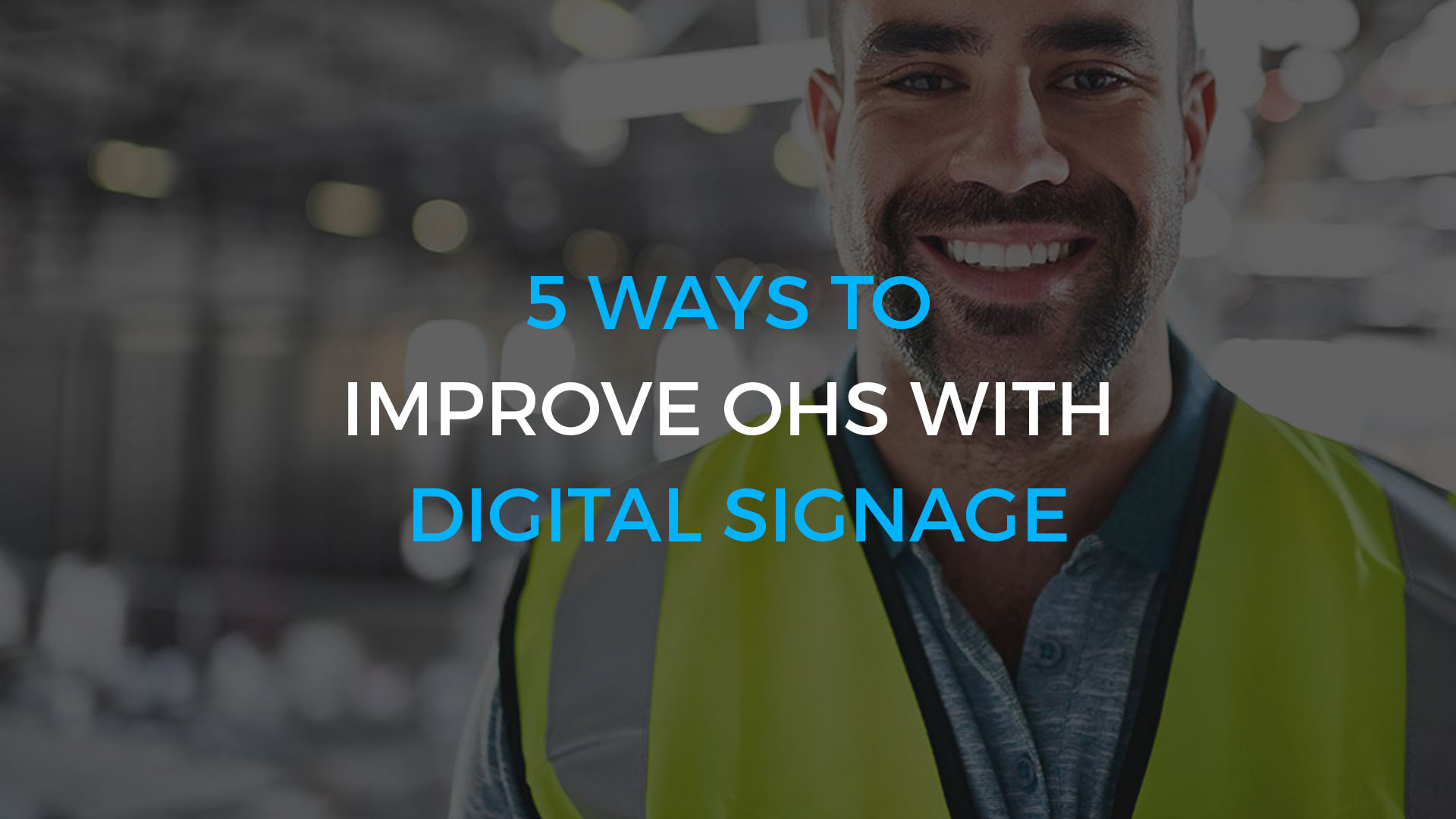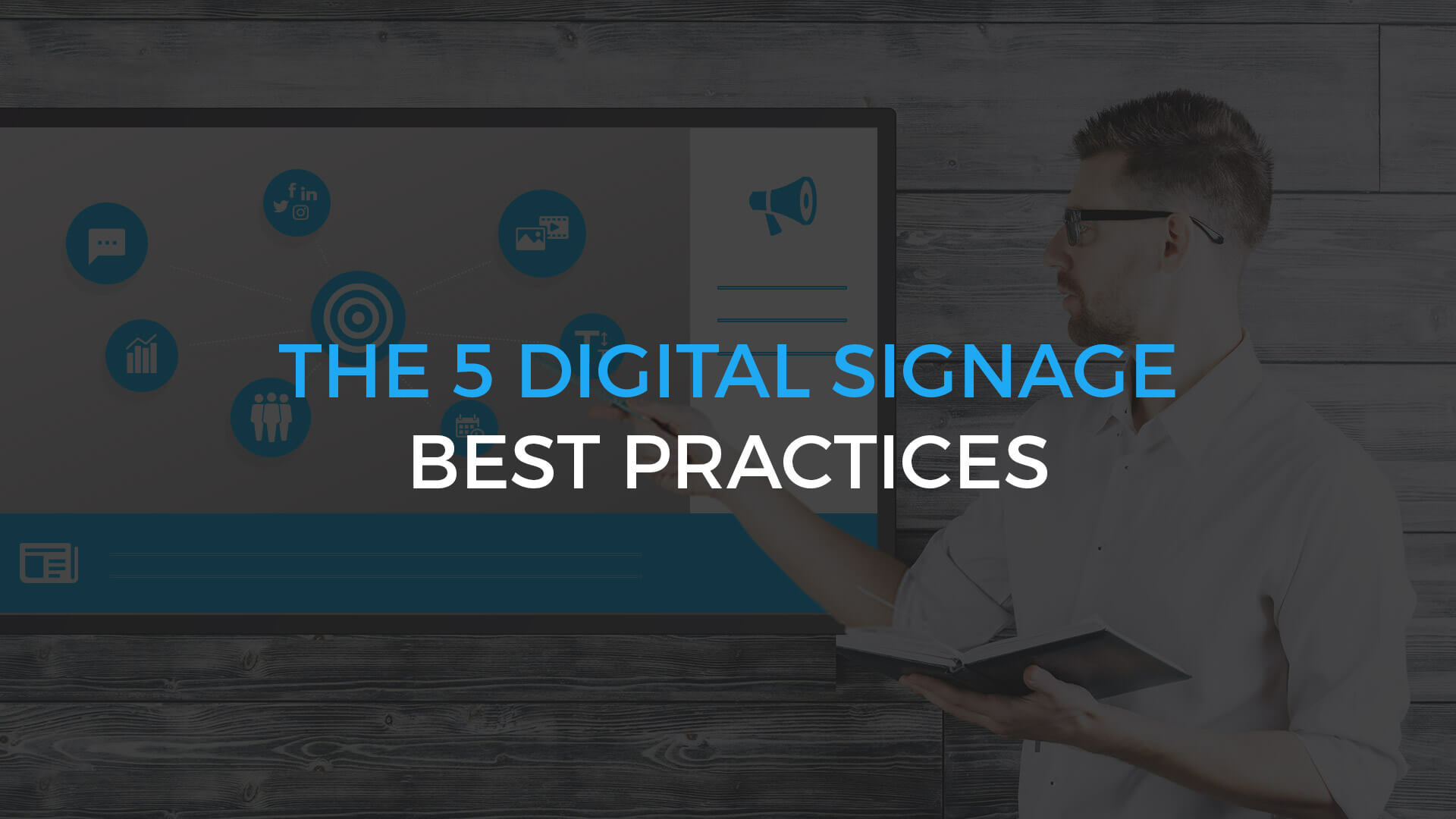Occupational health and safety (OHS) is a major issue that can cost businesses a lot of money. According to the IRSST, which studies occupational health and safety, OHS costs businesses around $3.2 billion[1] a year in Quebec alone. The IRSST also calculated that the average cost for an occupational injury is $34,869.[2] This includes:
- Medical expenses: medical care and rehabilitation fees, training time for other employees, medical exams
- Funeral expenses: the cost of a funeral in the event of a fatality
- Salary expenses: hours not worked or that weren’t productive but were paid as salaries and employee benefits by the employer on the day of the accident
- Lost productivity: the value of the work that is not done by the injured worker
- Administrative expenses: the cost of turnover (recruiting, training, etc.)
- Human costs: loss in quality of life for the worker and his or her family, friends, and other members of the community; potential years of life lost (fatality)
Businesses must also consider the potential increase in their insurance premiums following a fatality or serious injury.
Knowing how expensive they are, businesses must take the necessary steps to prevent occupational injuries. A prevention plan that informs workers of the risks associated with their work and training to give them the skills and knowledge required to safely carry it out are essential. To that end, dynamic digital signage is a solution that allows companies to:
- Inform employees of risks and dangers
- Share OHS best practices
- Ask employees to be vigilant
- Share statistics on accidents that have occurred
- Display messages numerous times
5 types of messages you should communicate now to improve your internal communications
4 KPIs your Employees Need to Know
1. Informing Employees of Risks and Dangers
A major way to improve OHS is to inform employees of risks and dangers in the workplace. For example, if a factory’s ambient noise levels are high, they can permanently damage hearing if those exposed do not wear proper protection. The image below is a concrete example of what could be displayed on a screen to inform employees about potential consequences if necessary precautions aren’t taken.

2. Sharing OHS Best Practices
It is important for employees to be informed, but companies should also tell them, or rather remind them, about good OHS practices. For example, employees should wear personal protective equipment (PPE) at all times.
Take a look at a concrete example of what could be displayed on a screen to remind employees of OHS best practices.

3. Asking Employees to Be Vigilant
One of the advantages of digital signage is the ability to change a message quickly, making it possible to quickly draw attention to a near accident and ensure employees remain vigilant. It is also possible to inform employees of temporary dangerous conditions. For example, Caution, the building entrance is icy!
4. Sharing Statistics
Digital displays are an effective way to share statistics about accidents that have occurred at work. For example:
- Number of days without minor/major incidents
- Months with the most accidents
- Number of heat strokes in August
The following screenshot represents a concrete example of what the screen at your company could look like when sharing statistics.

5. Repeating Information
We tend to forget things quickly, which is why we often benefit from repeated exposure. Digital signage is an efficient communication tool that can repeat the important OHS information described above. Moreover, an important advantage of this tool is the ability to automate safety messages according to the time of day, work shift, or the location of the screen. This ensures that the right message is delivered to the right audience.
Digital signage is a tool that can be used to take your OHS prevention strategy to the next level and help your company avoid the consequences of an unfortunate accident. To learn more about how digital signage can be implemented at your company, check out the following articles:
[1] Rapport R-922 de l’IRSST [2] Rapport R-922 de l’IRSST










